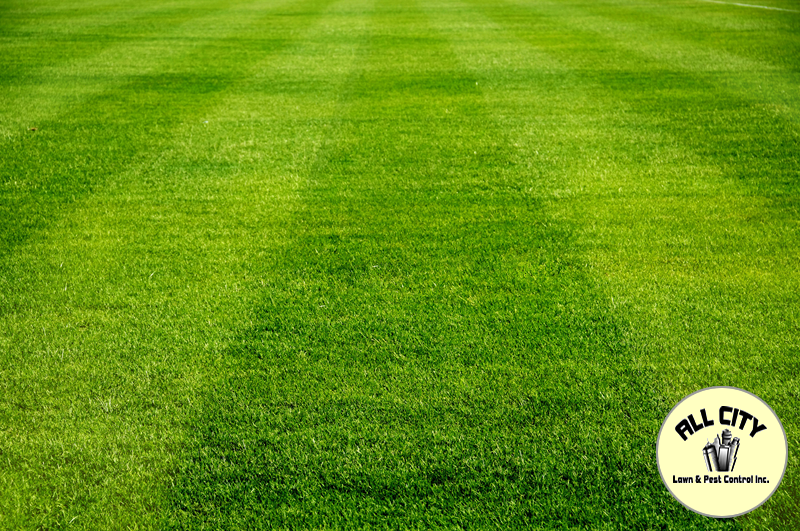Insights on the German Cockroach
German cockroaches are domestic pests that rely on humans for food, harborage and transportation.
Although named the German cockroach,the most widespread cockroach pest in the world probably originated in Southeast Asia and expanded to urban areas through human travel and commerce.
German cockroach management usually fails when treatments aren’t applied directly to harborages because they weren’t found during an inspection.
Bringing Nature into the Living Room – The Holiday Season
Every year at the end of November, millions of people in the U.S. purchase a live Christmas tree, bring it into their home, and dress it up with festive decorations. I find it amazing how many people do this, yet how few people recognize where this tree came from and that it has been growing outdoors, exposed to all aspects of nature for the past 6-8 years. Despite this, people are frequently outraged or disgusted when they find a living insect on a tree that they have brought into their home. It is important to recognize that there may be insects on a live Christmas tree, but very rarely are they of concern.
Insects and other arthropods you may find:
• Aphids
• Adelgids
• Mites
• Praying mantids
• Psocids
• Scale Insects
• Spiders
Helpful resources:
For reliable and accurate information regarding insects on Christmas trees, use resources from University Extension publications or webpages (that end with “.edu”), the National Christmas Tree Association (http://www.realchristmastrees.org)
REALCHRISTMASTREES.ORG
National Christmas Tree Association > Home
Hairyflower wild petunia (Ruellia ciliatiflora)
Many people are familiar with Ruellia simplex or Mexican petunia as it is a common landscape plant and has been shown to be invasive in Florida. A lesser-known Ruellia species is the hairyflower wild petunia (Figure 2). It does not grow as large as R. simplex but is a troublesome weed in its own right. Hairy petunia is native to South America and has been naturalized in Florida as it was once considered an ornamental. It is primarily a problem weed in landscape beds parts of South and Central Florida.





